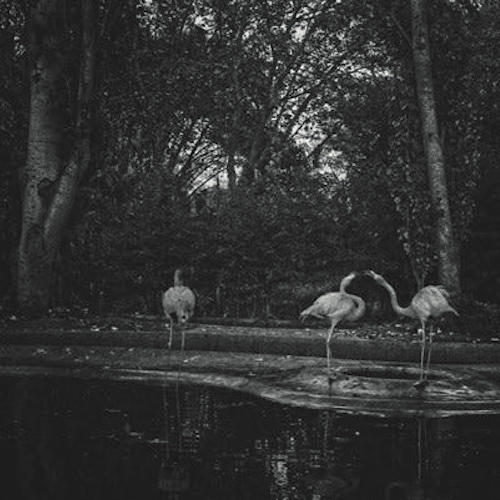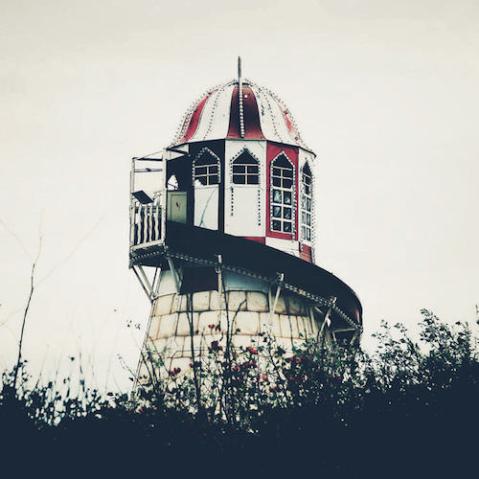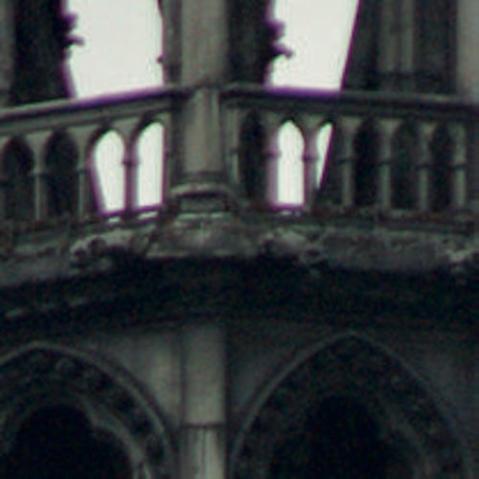The rule of odds

The rule of odds is simple to understand: odd numbers of items work better in a photograph than even numbers of the same things.

If you a photographing more than one of something, three or five of those somethings will be more interesting than two or four.
Why is this? It is mainly because the human brain naturally likes to organise the things that we see around us. When there’s an even number of items, it’s simple to pair them off, which quickly and easily allows the brain to create balance and harmony before it moves on to other things.
However, with a photograph, we don’t want the viewer’s attention to wander so quickly. Instead, we want them to pause and look at our pictures for longer, which is where the rule of odds comes in. If you hit the viewer with an odd number of items, their brain can’t tidy them as quickly – no matter what it does, one of the items will always be the odd one out. This process not only takes a little longer, which means more attention is paid to the photograph, but it also creates a subliminal excitement that the brain finds intrinsically more interesting.
233 trees
There are limits to successfully using the rule of odds. At some point, the brain simply sees ‘lots’ of items, rather than individual units. For example, there is no visual advantage to showing 233 trees in a distant forest instead of 232, or 75 trees instead of 74. So unless the number of objects can be calculated almost instantly, the rule of odds becomes useless.





